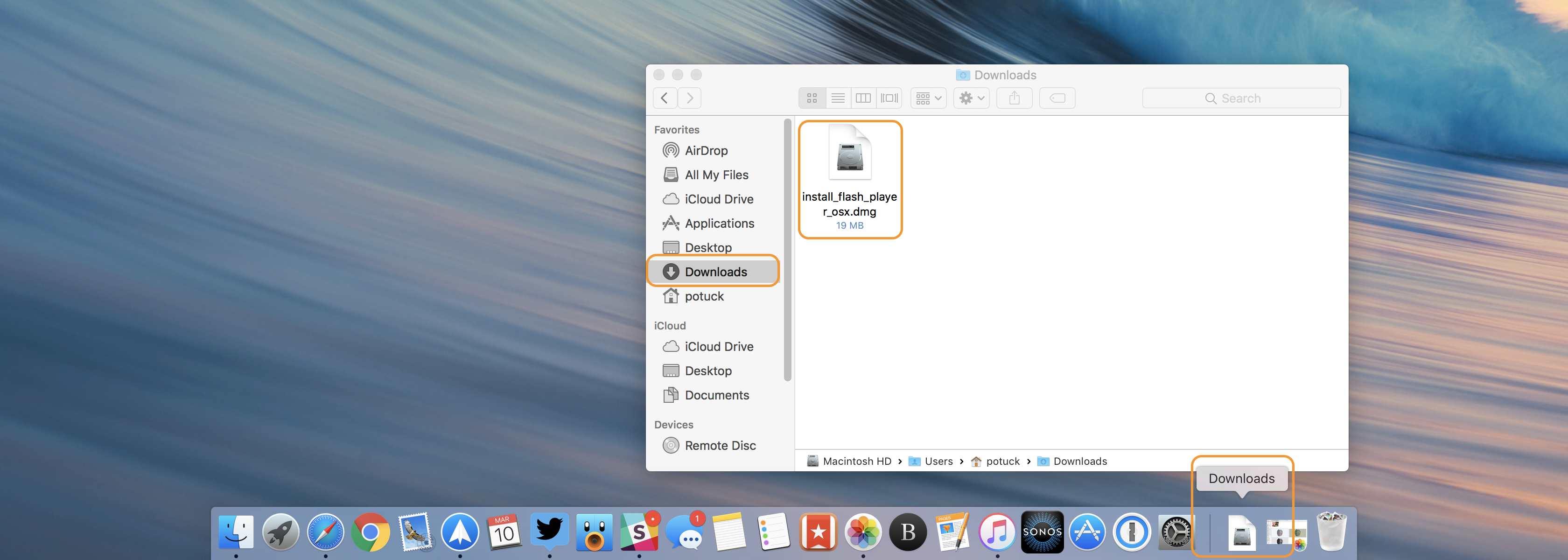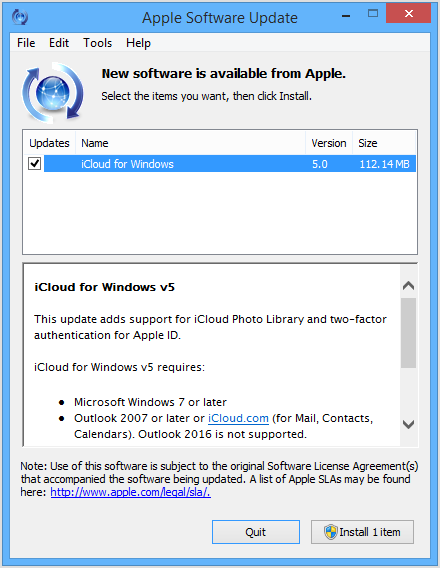

For most users, no additional setup is needed to use OneDrive on a Mac with the Rosetta 2 emulator. OneDrive is supported on macOS devices with Apple silicon through Rosetta 2 emulation. (If you're the IT admin for your organization, see Enable users to sync SharePoint files with the new OneDrive sync app.) The sync app lets you sync files from your OneDrive for work or school and even from Microsoft SharePoint sites if your admin enabled it. The changes will automatically be made in OneDrive and your other computers that have the sync app installed. You can also use the Finder to rename and delete files, create new folders, and move files around in your OneDrive folder. If you installed the OneDrive app on other computers, the files will automatically be added to the OneDrive folders on them, too. Files you upload this way can be up to 250GB in size if you're signed in to a Microsoft account, or 15GB if you're signed in to a work or school account. To upload files to OneDrive automatically, just copy or move the files to your OneDrive folder using the Finder, or save them in your OneDrive folder from an app. If you add, change, or delete a file or folder on the OneDrive website, the file or folder is added, changed, or deleted in your OneDrive folder and vice versa. This folder is kept in sync with OneDrive. If you already have a registration code, you can use it if not, you can buy one through our web site.When you install the Microsoft OneDrive sync app for Mac, a copy of your OneDrive is downloaded to your Mac and put in the OneDrive folder. You can remove the time limit by entering a registration code. All the features are available, but the only dates you can see are the month when you installed the program, and the month after. When you first install the program, it works as a free one-month trial. In the menu that pops up, select "Options" and then "Keep in Dock".Find its icon in the Dock and right-click on it.You may want to have Universalis visible in the Dock for easy access. Once you have opened the Universalis.pkg file, the installation is automatic: just follow the instructions. If you have downloaded the Universalis installer in the past, Safari may add a numeric suffix to this filename. This will usually be called Universalis.pkg.

On the downloaded Universalis installation file.

For earlier or later versions of Mac OS, please see this page. The version of Universalis downloaded from this page will work on versions of Mac OS from 10.9 to 10.12.


 0 kommentar(er)
0 kommentar(er)
